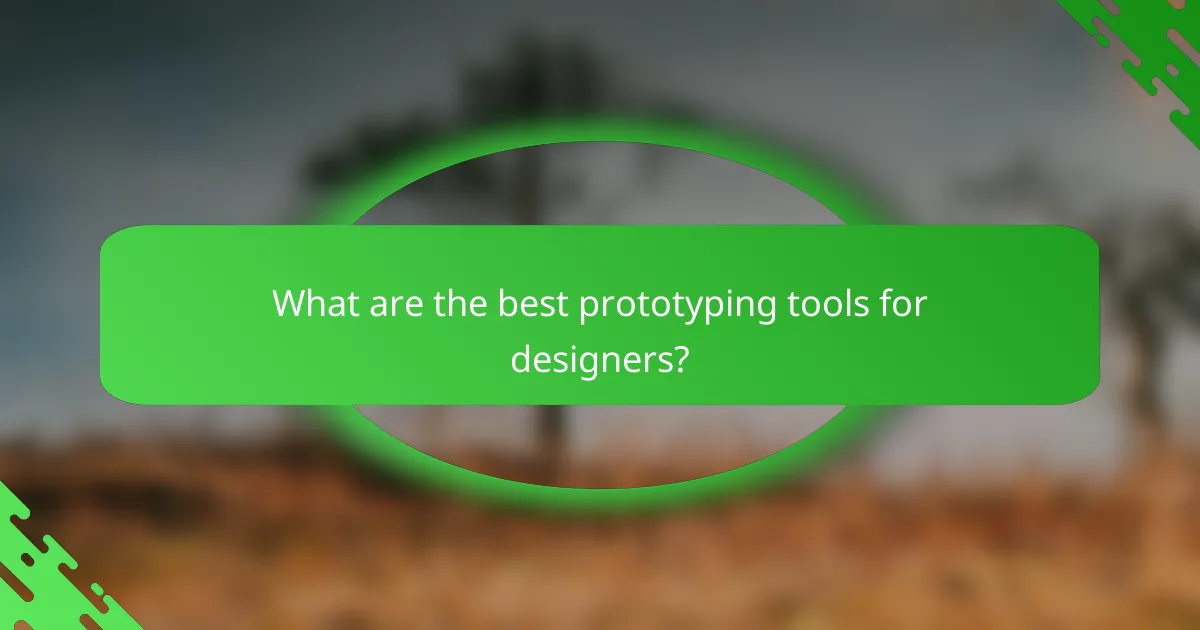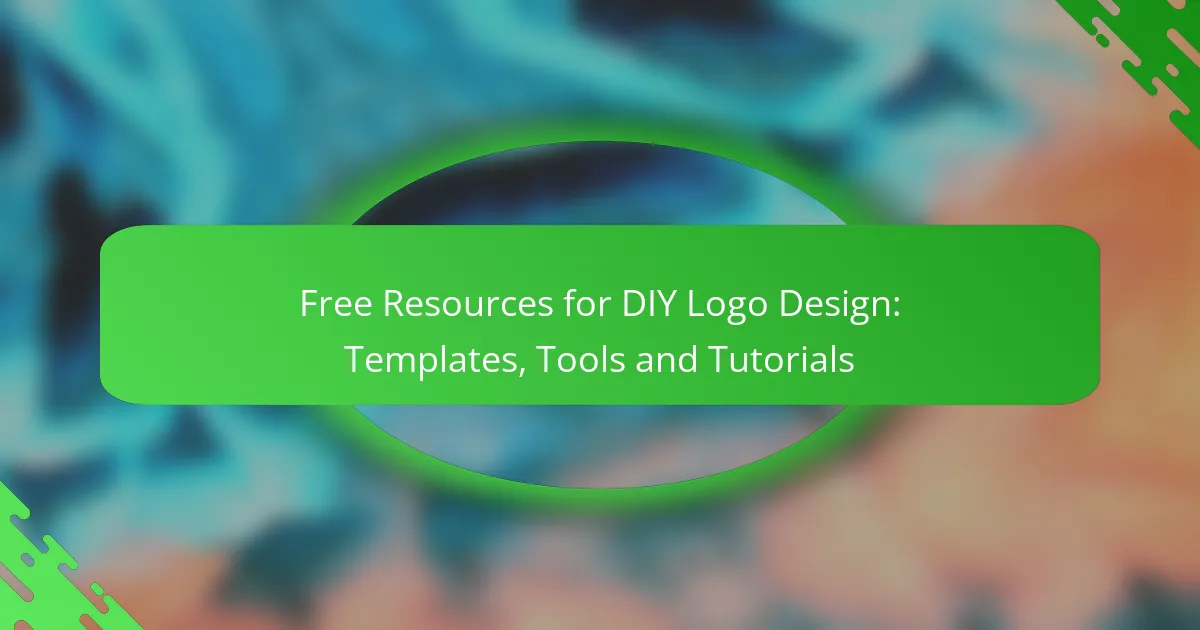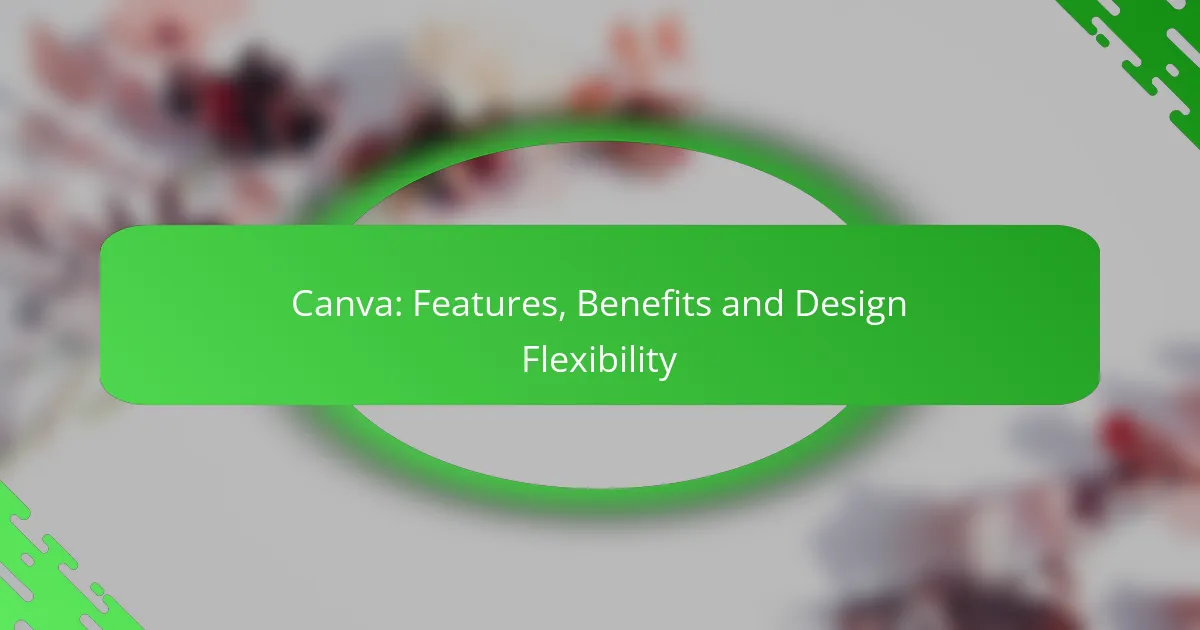Prototyping tools play a vital role in the design and development process by allowing teams to visualize concepts and test ideas before full-scale production. By utilizing tools like Figma, Adobe XD, and InVision, designers can streamline collaboration, gather early feedback, and identify potential issues, ultimately enhancing product quality and efficiency. Embracing best practices in prototyping not only saves time and resources but also leads to more informed decision-making and better end products.

What are the best prototyping tools for designers?
The best prototyping tools for designers include Figma, Adobe XD, Sketch, InVision, and Axure RP. Each tool offers unique features that cater to different aspects of the design process, from collaboration to advanced functionality.
Figma for collaborative design
Figma is renowned for its real-time collaboration capabilities, allowing multiple users to work on a design simultaneously. This feature is particularly beneficial for teams spread across different locations, as it fosters immediate feedback and iteration.
To maximize Figma’s potential, leverage its commenting system to gather input directly on the design. Avoid creating overly complex files, as this can hinder performance and collaboration efficiency.
Adobe XD for user experience
Adobe XD focuses on enhancing user experience through its intuitive interface and powerful prototyping features. It allows designers to create interactive prototypes with ease, making it simple to visualize user flows and interactions.
Utilize Adobe XD’s integration with other Adobe products for a seamless workflow. Be cautious of relying too heavily on plugins, as they can sometimes lead to compatibility issues or slow down your design process.
Sketch for interface design
Sketch is a leading tool for interface design, particularly favored by Mac users. Its vector-based design capabilities make it ideal for creating high-fidelity mockups and user interfaces.
To get the most out of Sketch, take advantage of its extensive library of plugins that can enhance functionality. However, keep in mind that collaboration can be more challenging compared to cloud-based tools, so consider using shared libraries for team projects.
InVision for prototyping
InVision is tailored for prototyping, enabling designers to create interactive mockups that simulate the user experience. It is particularly useful for presenting designs to stakeholders and gathering feedback.
Make use of InVision’s user testing features to validate your designs before final implementation. Avoid overcomplicating prototypes, as this can confuse users and dilute the feedback you receive.
Axure RP for advanced functionality
Axure RP is designed for advanced prototyping, offering robust features for creating complex interactions and dynamic content. It is ideal for projects that require detailed specifications and documentation.
When using Axure RP, focus on defining clear user scenarios to guide your design process. Be aware that its learning curve can be steep, so invest time in tutorials to fully leverage its capabilities.

Why is prototyping important in product development?
Prototyping is crucial in product development as it allows teams to visualize concepts and test ideas before full-scale production. This iterative process helps identify potential issues early, saving time and resources while enhancing overall product quality.
Reduces development costs
Prototyping significantly reduces development costs by minimizing the risk of costly mistakes during later stages. Early identification of design flaws or usability issues can prevent expensive revisions after production has begun.
For instance, creating a low-fidelity prototype can cost a fraction of what it would take to develop a fully functional product. Investing in prototypes can lead to savings of 20-30% in overall project costs by avoiding late-stage changes.
Enhances user feedback
Prototyping enhances user feedback by providing tangible representations of ideas that users can interact with. This interaction allows for more meaningful input, as users can express their thoughts on functionality and design based on actual experience rather than abstract concepts.
Gathering feedback through prototypes can lead to a more user-centered design. Conducting usability tests with prototypes can yield insights that improve user satisfaction and engagement, ultimately leading to a better final product.
Improves design clarity
Prototyping improves design clarity by translating ideas into visual and functional formats. This clarity helps stakeholders understand the product’s purpose and features, reducing ambiguity and aligning expectations.
Using prototypes, teams can explore various design options and iterate based on feedback. This process not only clarifies the design intent but also fosters collaboration among team members, ensuring everyone is on the same page before moving forward.

What are the benefits of using prototyping tools?
Prototyping tools offer numerous advantages that enhance the design and development process. They enable teams to visualize ideas quickly, gather feedback early, and make informed decisions, ultimately leading to better end products.
Facilitates rapid iteration
Prototyping tools allow designers to create multiple versions of a product in a short timeframe. This rapid iteration means teams can test various concepts and features without significant investment in time or resources. For example, using tools like Figma or Adobe XD, designers can produce interactive mockups in hours rather than days.
By iterating quickly, teams can identify flaws or areas for improvement early in the design process. This approach reduces the risk of costly changes later, ensuring that the final product aligns closely with user needs and expectations.
Encourages stakeholder engagement
Prototyping tools foster collaboration by making it easier for stakeholders to visualize and interact with proposed designs. Engaging stakeholders early helps gather valuable feedback, ensuring that their insights shape the development process. Tools like InVision allow stakeholders to comment directly on prototypes, streamlining the feedback loop.
Involving stakeholders in the prototyping phase can lead to greater buy-in and satisfaction with the final product. It also helps to clarify requirements and expectations, reducing misunderstandings that could arise later in the project.
Streamlines communication
Effective communication is crucial in any project, and prototyping tools enhance this by providing a clear visual representation of ideas. These tools serve as a common reference point for team members, reducing the chances of miscommunication. For instance, a well-designed prototype can convey functionality better than lengthy documentation.
Additionally, using prototypes in presentations can help articulate design choices to non-technical stakeholders. This clarity can facilitate discussions and decision-making, ensuring everyone is aligned on the project goals and direction.

How do you choose the right prototyping tool?
Choosing the right prototyping tool involves assessing your team’s collaboration needs, evaluating the complexity of your designs, and considering your budget constraints. Each factor plays a crucial role in ensuring that the selected tool aligns with your project goals and enhances productivity.
Assess team collaboration needs
Understanding your team’s collaboration requirements is essential when selecting a prototyping tool. If your team is distributed or works remotely, look for tools that offer real-time collaboration features, such as commenting and version control. Tools like Figma or InVision are popular for their strong collaborative capabilities.
Consider how many team members will be using the tool and their roles. For larger teams, a tool that supports multiple users and offers permission settings can streamline the workflow and enhance communication.
Evaluate design complexity
The complexity of your design projects will influence your choice of prototyping tool. For simple wireframes, basic tools like Balsamiq may suffice, while more intricate projects may require advanced features found in tools like Adobe XD or Sketch. Assess the specific functionalities you need, such as interactive elements or high-fidelity mockups.
It’s also beneficial to consider the learning curve associated with each tool. If your team is new to prototyping, a user-friendly interface can significantly reduce onboarding time and improve efficiency.
Consider budget constraints
Your budget will play a significant role in determining which prototyping tool to choose. Many tools offer tiered pricing models, so consider what features are essential for your projects and whether a free or lower-cost option meets your needs. Tools like Figma offer free tiers that can be effective for small teams or projects.
Additionally, factor in any potential costs for training or onboarding, as well as subscription fees for premium features. Balancing functionality with cost is key to making a sustainable choice that supports your design efforts without overspending.

What are the best practices for effective prototyping?
Effective prototyping involves a series of strategic practices that enhance the design process and improve user experience. By following established best practices, teams can create prototypes that are not only functional but also user-centered and adaptable.
Start with low-fidelity prototypes
Beginning with low-fidelity prototypes allows teams to quickly visualize concepts without heavy investment in time or resources. These can be simple sketches, wireframes, or digital mockups that focus on layout and functionality rather than aesthetics.
Low-fidelity prototypes are beneficial for brainstorming sessions, as they encourage collaboration and rapid feedback. They can be created using basic tools or even on paper, making them accessible for all team members.
Incorporate user testing early
Integrating user testing at the early stages of prototyping is crucial for gathering valuable insights. Engaging real users helps identify pain points and usability issues before significant resources are committed to development.
Conducting user tests with low-fidelity prototypes can be done through informal sessions or structured usability tests. Aim for a small group of users to provide feedback, which can lead to meaningful improvements in design.
Iterate based on feedback
Iterating based on user feedback is essential for refining prototypes. After testing, analyze the input received and prioritize changes that enhance user experience and functionality.
Establish a cycle of prototyping, testing, and refining. This approach not only improves the product but also fosters a culture of continuous improvement within the team. Aim for several iterations, adjusting designs based on user interactions and preferences.

How can prototyping tools enhance remote collaboration?
Prototyping tools significantly improve remote collaboration by enabling teams to work together seamlessly, regardless of their physical locations. These tools facilitate communication, streamline feedback processes, and foster a shared understanding of design concepts.
Real-time editing features
Real-time editing features allow multiple team members to work on a prototype simultaneously, making it easier to incorporate feedback instantly. This capability reduces the time spent on revisions and ensures that everyone is on the same page, enhancing overall productivity.
When using real-time editing, consider tools that highlight changes made by different users, which helps track contributions and fosters accountability. Popular prototyping tools like Figma and Adobe XD offer these features, allowing for a collaborative environment where ideas can be tested and refined quickly.
To maximize the benefits of real-time editing, establish clear guidelines for collaboration. Encourage team members to communicate openly about their changes and to use comments effectively to clarify their intentions. Avoid overwhelming the prototype with too many simultaneous edits, as this can lead to confusion and misalignment among team members.



